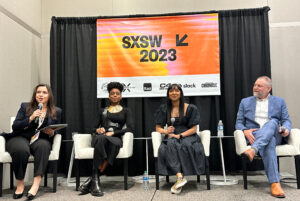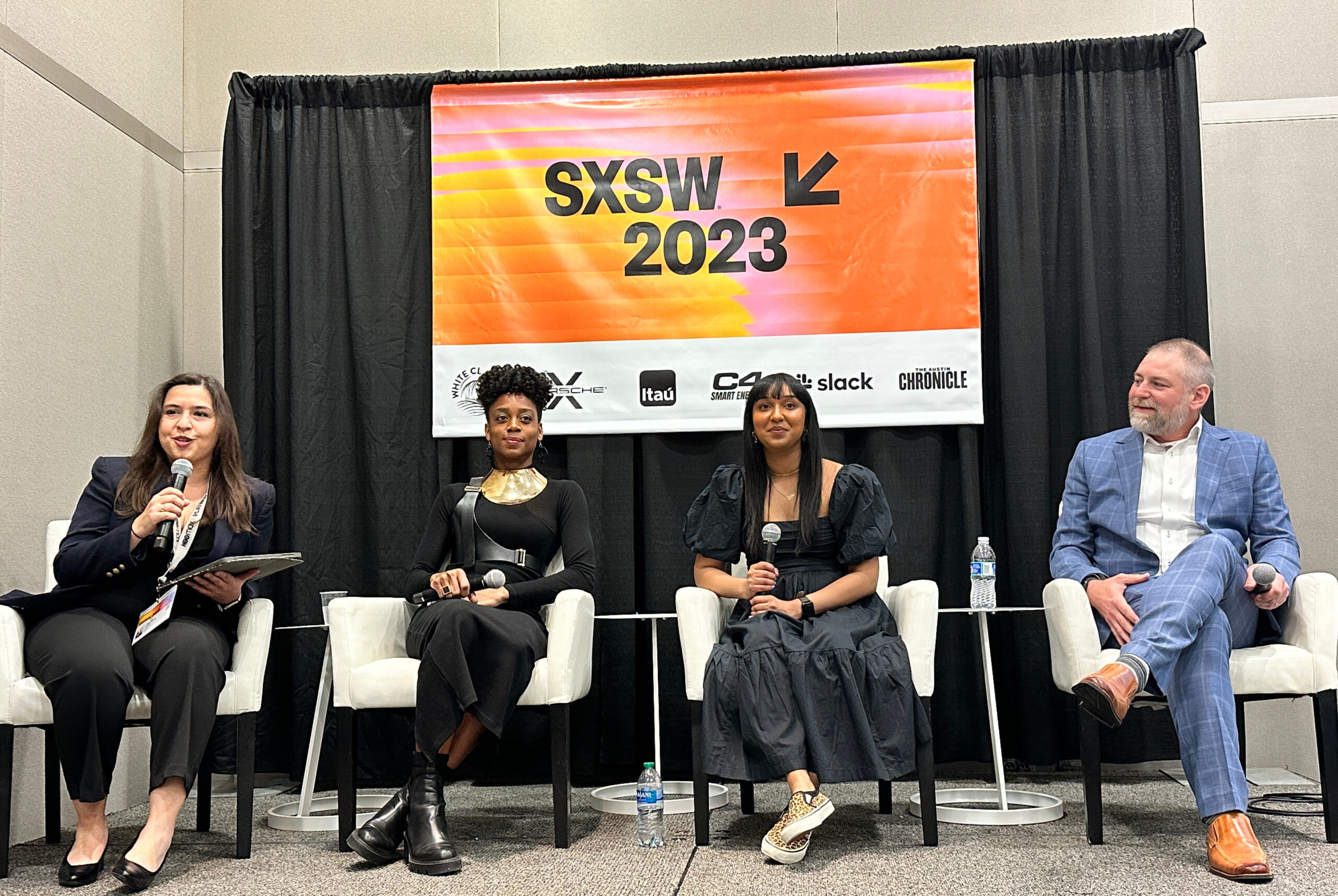“Classical music – the level of musicianship and artistry – has never been higher.” This optimistic start to a SXSW session on the state of classical music was made by Nate Zeisler, Dean for Community Initiatives at Colburn, a private music school in Los Angeles.
“We find ourselves in a space that continues to be largely unchanged. If you look at the very traditional sense of classical music, where an artist performs on a concert stage in a big hall. What’s interesting about this moment is that the pandemic has changed a lot of the ways in which classical musicians are thinking about how they enter the space.
“If you look statistically, ticket sales are off by 30% in classical music. Regarding concert-goers,” explained Zeisler, “the majority of people surveyed would rather spend their night on the couch on a Saturday evening than go hear live music. That’s something that classical musicians and all musicians need to be thinking about when they put their art out into the world.”
“We worry about the graying of the audience for classical music. Historically, that hasn’t changed for a hundred years. Only 3% of the concert-goers in the United States have gone to classical music performances. Typically, they have been older because they have more time and money. What’s changed are the habits I’ve just spoken about. We need to think about Gen X: Gen X’ers are not going to concerts. How do you court the Gen X’ers? That’s at the heart of the conversation today.” Zeisler shared the SXSW stage with a music executive and a noted performer.
Sheema Siddiqi, Artist Community Manager at TikTok UK, said “The state of classical music is at a really exciting point from what I’ve seen on TikTok. You have established classical artists joining the platform, collaborating with younger artists. I’m working with a lot of up-and-coming musicians who are changing the perception of what classical music is: they’re experimenting with the genre and collaborating with other genres, and making it accessible for a wider audience. People use classical music with all different types of content such as educational, travel and family. That spreads it far and wide for people to discover.” Siddiqi called out classical artist Dorian Marco. “His Cornfield Chase has been used 2.2 million times.”
Singer and composer Ayanna Witter-Johnson said “From my experience, what I’m finding is quite a dynamic landscape of ensembles and performers who are commissioning living composers and not waiting for the opportunity to grace a big stage. I’ve just come back from Hamburg, Germany where I collaborated with an amazing group of young women from the African disapora called the String Orchestra. We just created a concert. I’m interested in collaborating with grassroots contemporary classical organisations that respect the history of the genre that will happily play Schubert but will happily play my music. Allowing the both things to exist and to celebrate the old and the new.”
Witter-Johnson made the important point that “Classical music has the breadth to accommodate what I feel is the legacy of the British Empire. The truth is Western classical music and history now includes the Commonwealth and all of that legacy: composers like me are essentially extensions of that history.”
In conclusion, Zeisler commented on the interface between classical music and modern technology. “Do I think institutions should be embracing these things? Absolutely! The reality is that change is really difficult at the Academy (the Big-A Academy). There is a set curriculum but the thing that is unique about classical music when you go and major in classical music the expectation is a really in-depth study (toiling in the practice room for hours at a time) is a core component of the degree but it leaves less space for exploration in other degree paths. What ends up happening is that the artists who ‘get it’ (those who are interested in looking into these other technological spaces) are finding incredible pathways, doors opening very quickly for them. Because not a lot of classical musicians are currently stepping through into that space.”
After mentioning the 3% rule on attendance at classical concerts, Zeisler introduced another percentage rule, this one that he developed on his own: the rule of 10%. “If I have someone expert in the Virtual reality space of classical music come in and talk to the students, 10% of the student body is going to show up. The challenge I find is that we make these blanket assumptions that we’re going bring the authority on VR in, and then everybody will fall in love with it and it will be thing that changes their life and career.
“If you look at it in this rule of 10% and think there is something out there that’s going to change their life and career, then that’s the entry point to having a deeper discussion about career path. The most profound conversations I have are with artists who have graduated 5 or 6 years ago: they’re looking up the first time and saying ‘there are billions people listening on TikTok’, how do I start with that? My hope is that at the Academy we plant seeds, knowing there’s only so many hours in a day. If we are planting seeds that this is a path you could go down, and be open and curious, I think that’s how we’re going to change the field slowly over time.”
Photo by C Cunningham (l to r): panel moderator Aurora Mendez, Ayanna Witter-Johnson, Sheema Siddiqi, Nate Zeisler

